Likewise, saying “I love you” might be too direct, so you might say “tsuki ga kirei desu ne” (The moon is beautiful, isn’t it) instead. The phrase is a kind of “code” or secret sign of affection. Not all Japanese people know it, but those who do will know what you’re trying to say.. Tsuki ga kirei desune: Directed by Yu Katsumata. With Kai Atô, Aya Enjôji, Reina Fujie, Mayuna Katsuo. 28-year-old Shoko Otsuka reminisces about a boy she liked in high school. His name was Mizuno. However, when she mentions him to her close friends from that era, no one seems to remember him. While thinking about this boy she was infatuated with back then, she begins to develop feelings for.

Cover image

Tsuki Ga Kirei Manga Actual
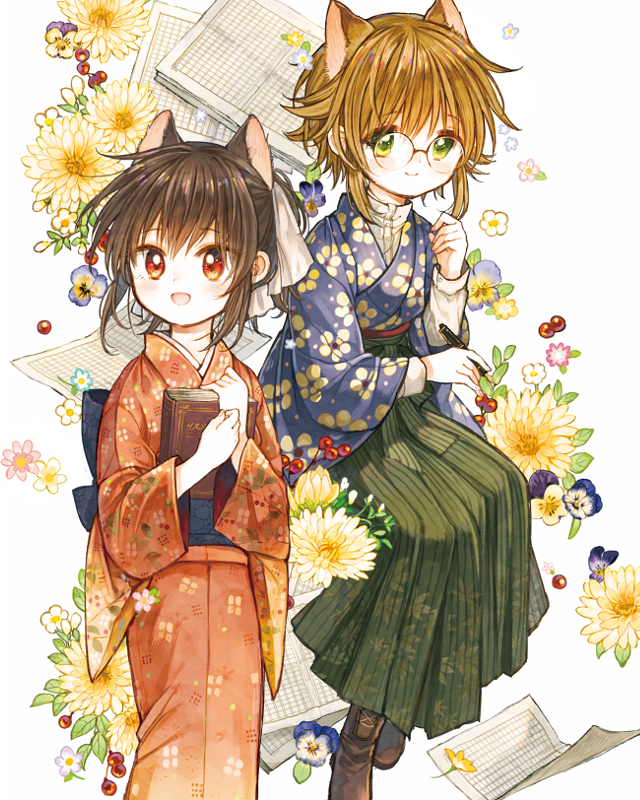
tsuki ga kirei desu ne drawn by itou_hachi Danbooru
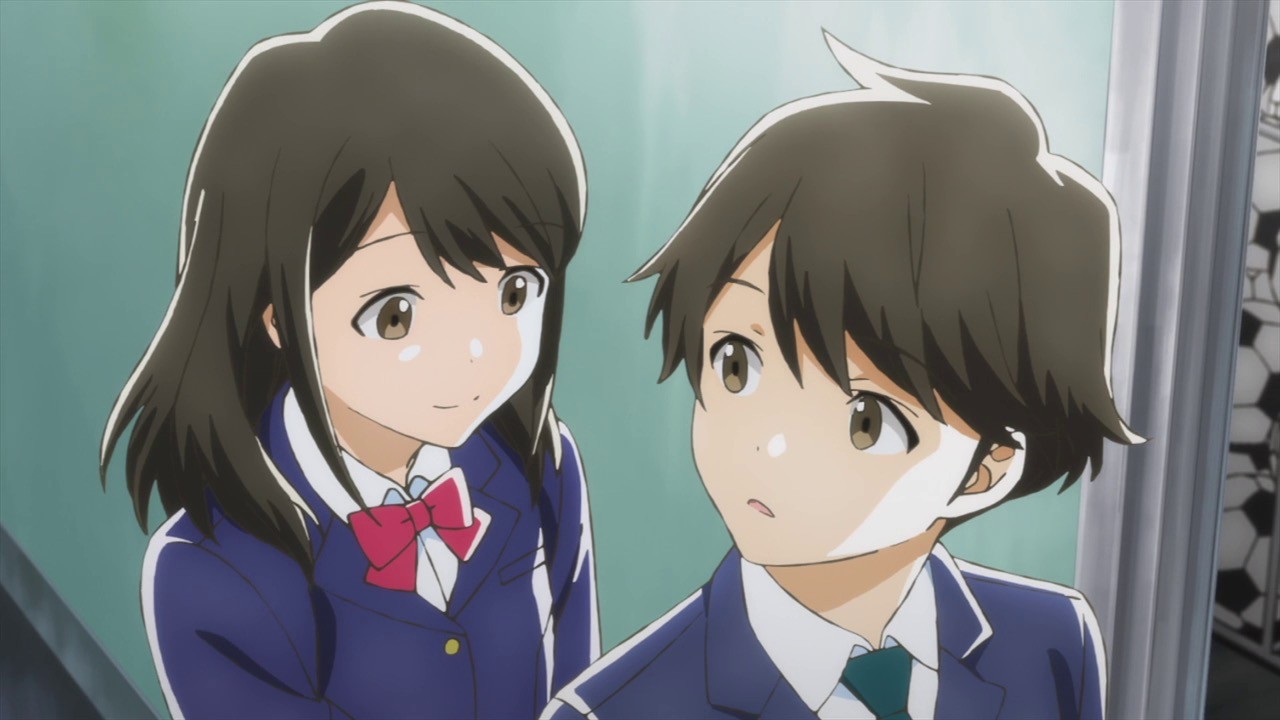
Tsuki ga Kirei Season 2 Release Date, Characters, English Dub

Tsuki ga Kirei Social Anime
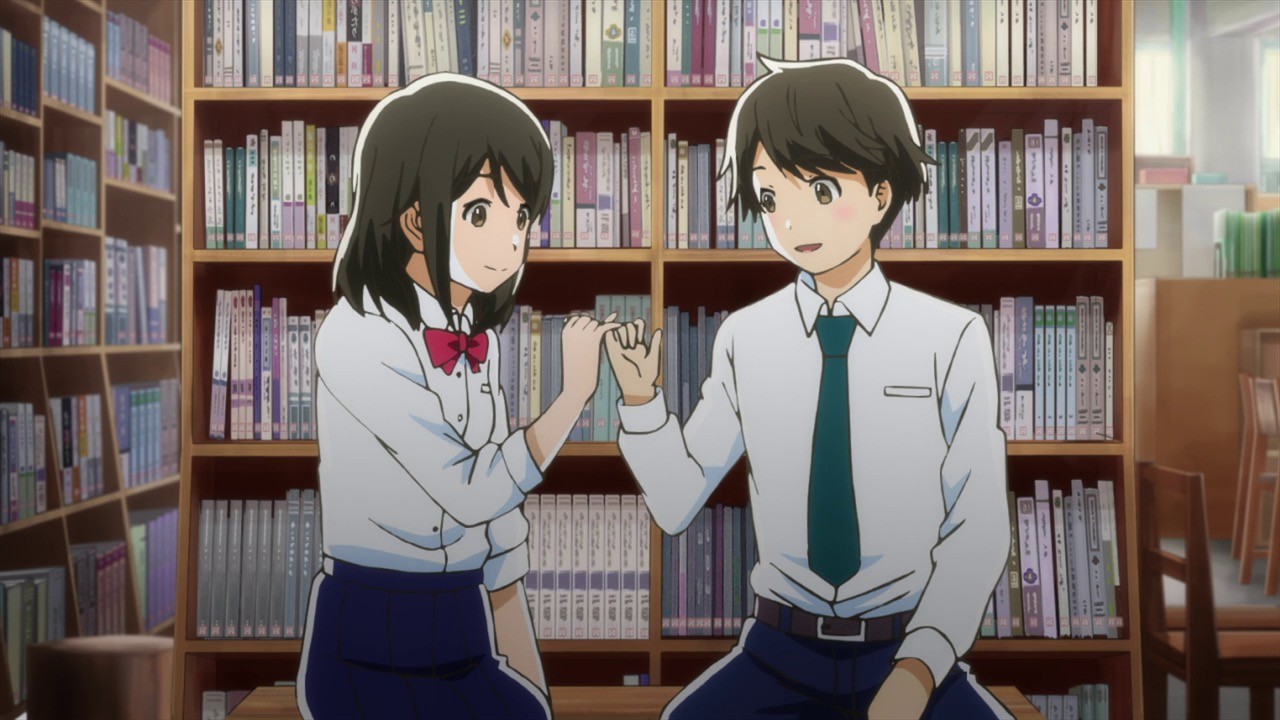
Anime Worth Watching Tsuki ga Kirei The Avocado

Tsuki ga Kirei 11 Lost in Anime
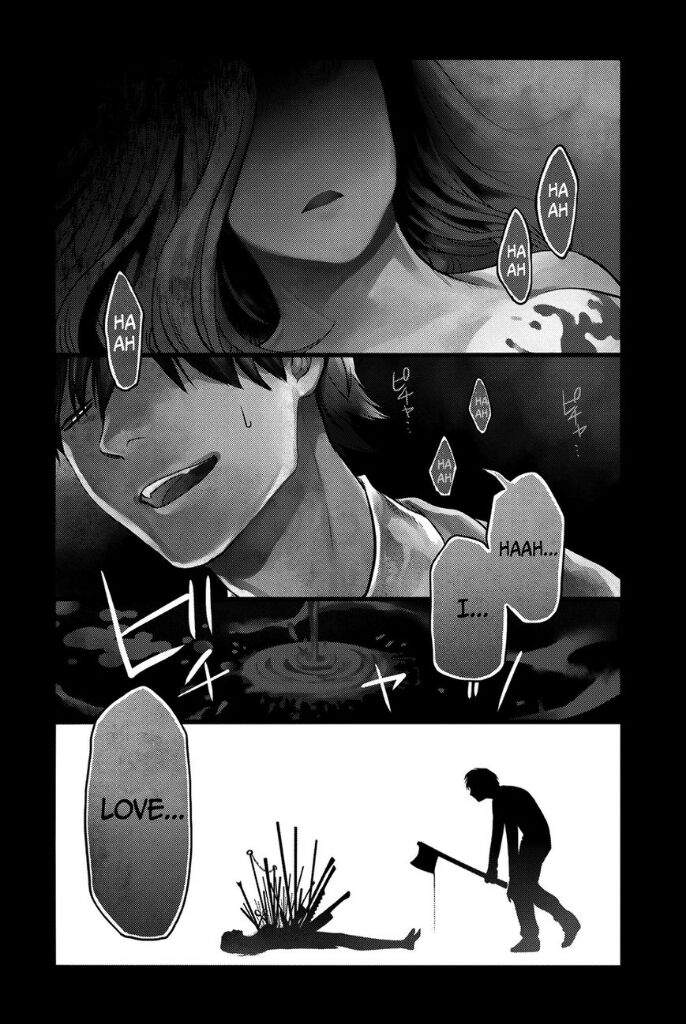
Tsuki Ga Kirei wallpapers, Anime, HQ Tsuki Ga Kirei pictures 4K Wallpapers 2019
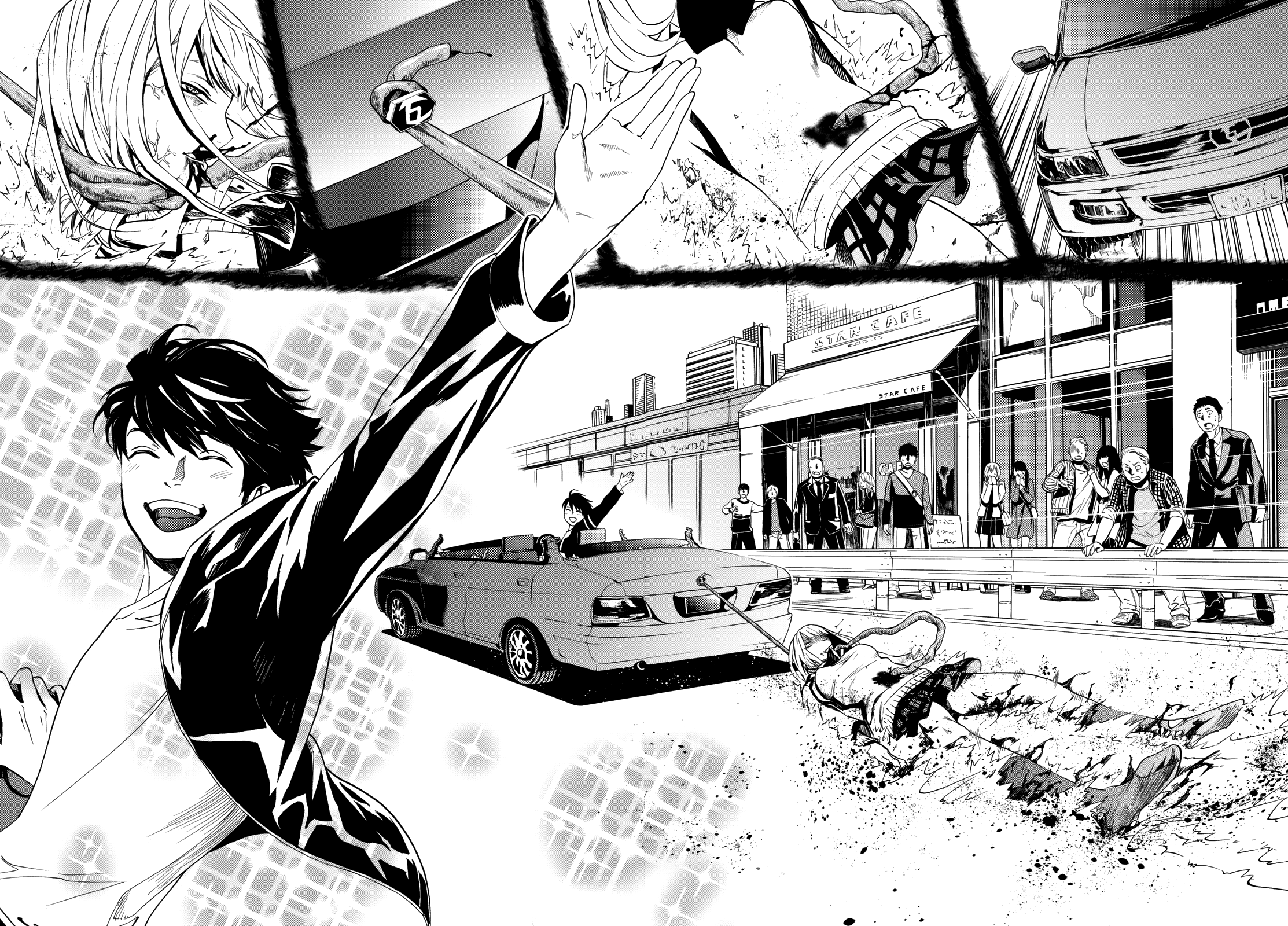
Tsuki Ga Kirei wallpapers, Anime, HQ Tsuki Ga Kirei pictures 4K Wallpapers 2019

“Tsukigakirei” Anime Review So Cheesy yet So Beautiful The Indonesian Anime Times by KAORI

Tsuki ga kirei, anime visual, akane mizuno, kotarou azumi Animasi, Seni anime, Gambar
![🔥 [16+] Tsuki Ga Kirei Wallpapers WallpaperSafari 🔥 [16+] Tsuki Ga Kirei Wallpapers WallpaperSafari](https://cdn.wallpapersafari.com/49/64/iURP2f.jpg)
🔥 [16+] Tsuki Ga Kirei Wallpapers WallpaperSafari
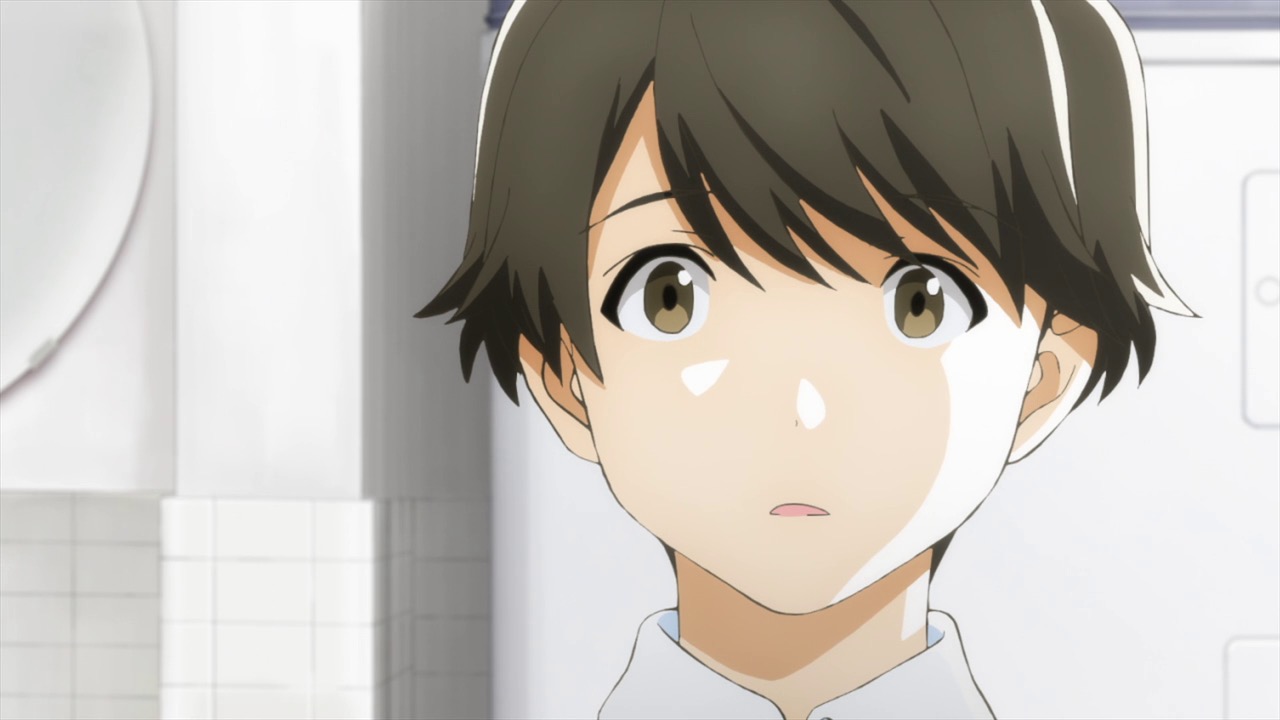
Tsuki ga Kirei 05 Lost in Anime

Tsuki Ga Kirei Wallpapers Wallpaper Cave
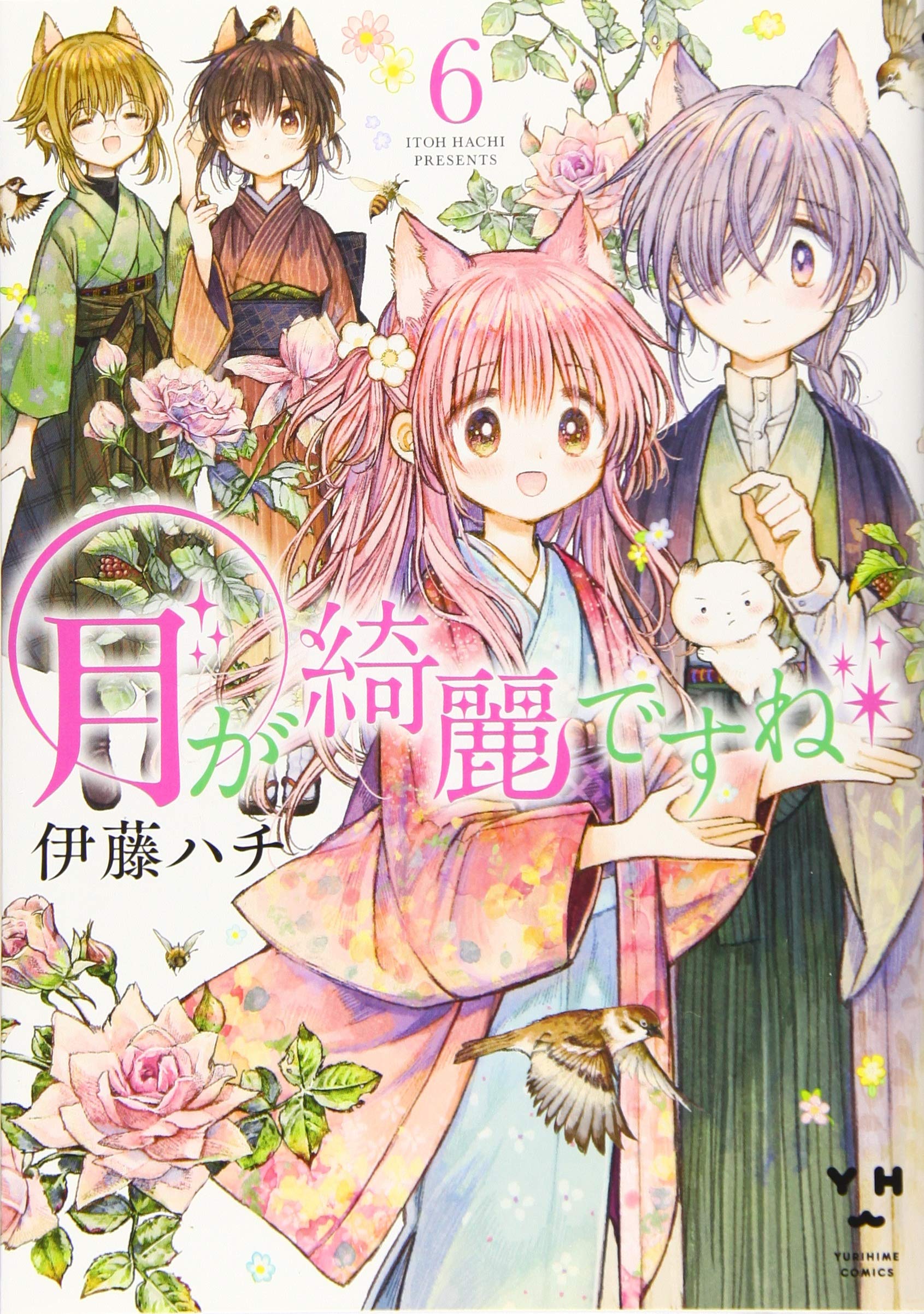
Cover image

Tsuki Ga Kirei Wallpapers Wallpaper Cave
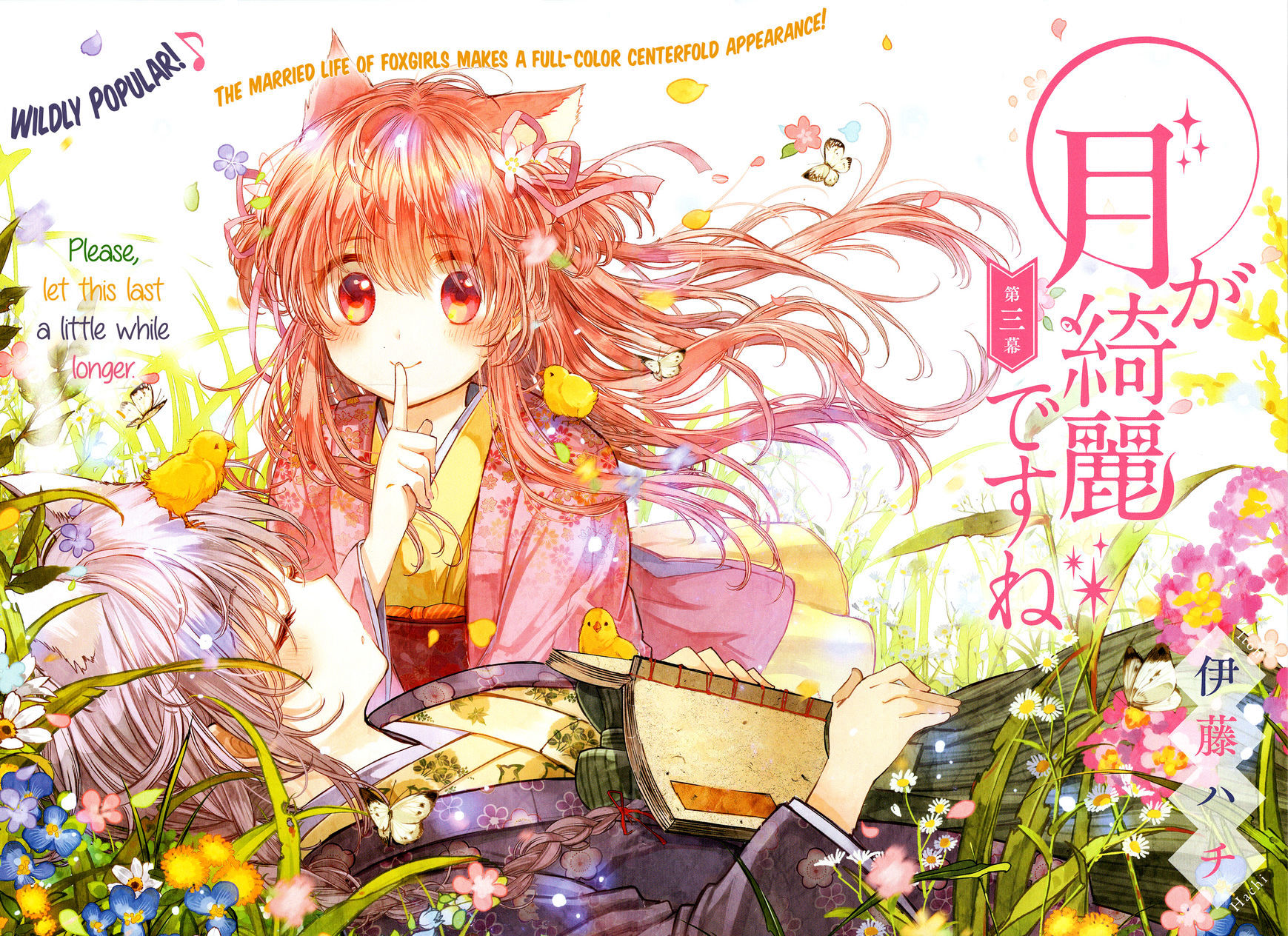
Tsuki Ga Kirei wallpapers, Anime, HQ Tsuki Ga Kirei pictures 4K Wallpapers 2019
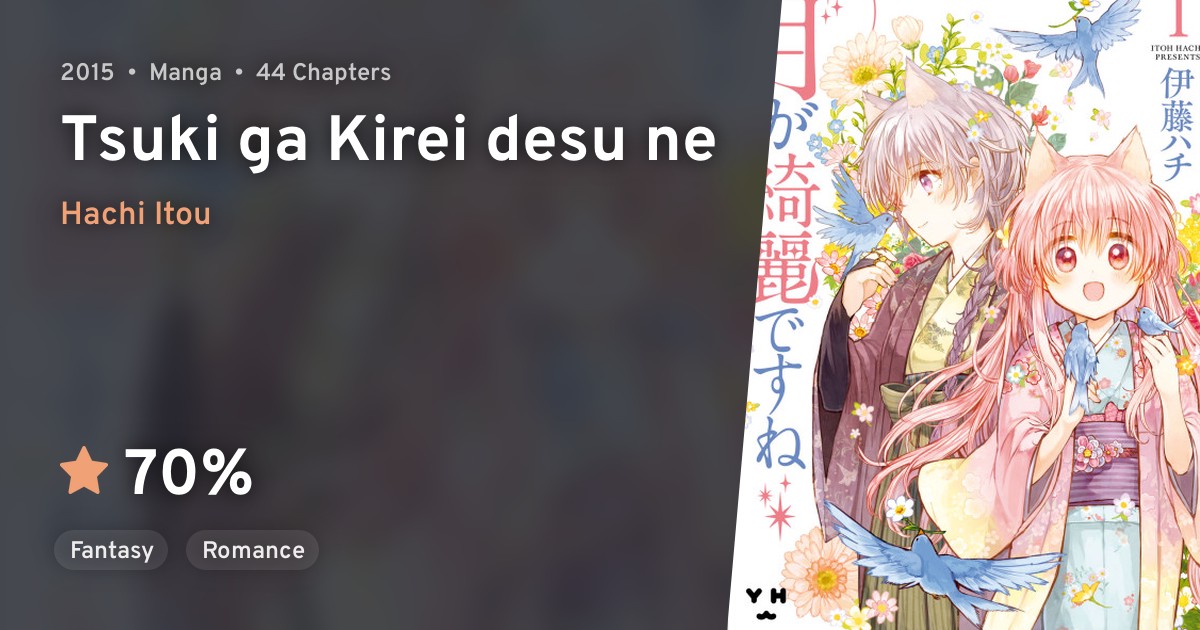
Tsuki ga Kirei desu ne · AniList
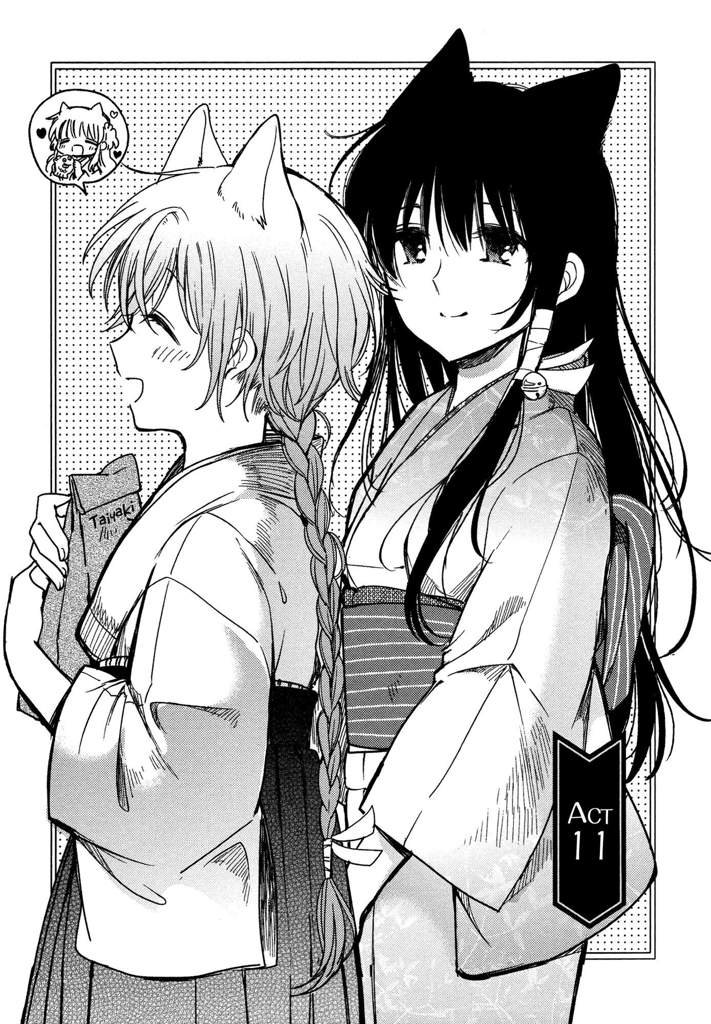
Tsuki ga kirei desu ne 11 Yuri Manga & Anime Amino

Tsuki ga kirei desu ne by HollyBell on DeviantArt
Tsuki ga kirei desu ne is a poetic way of expressing admiration for the beauty of the moon, and is sometimes used as a substitute for saying “I love you” in Japanese. This phrase is often surprising to those who are accustomed to using suki dayo, which is a more direct way of saying “I love you” in Japanese… First and foremost, it is NOT Sōseki Natsume who coined the phrase “shindmo ii wa”; it is Futabatei Shimei (二葉亭四迷), another famous Japanese novelist/translator who lived in the about same period of time as Sōseki (and thus it ended up being mixed with Soseki’s story).Secondly, “shindemo ii wa” is NOT the translation of “I love you, too”; it is of the Russian term.